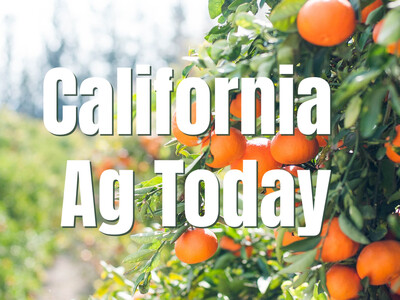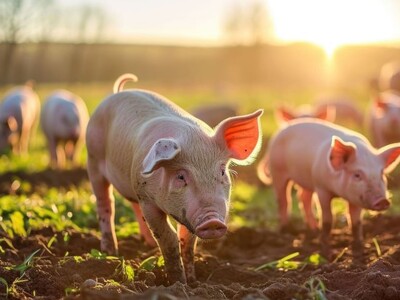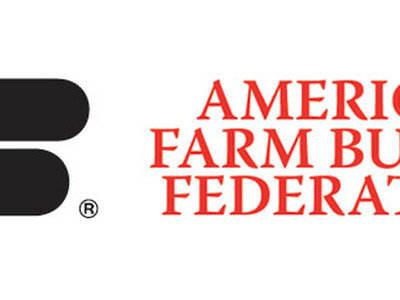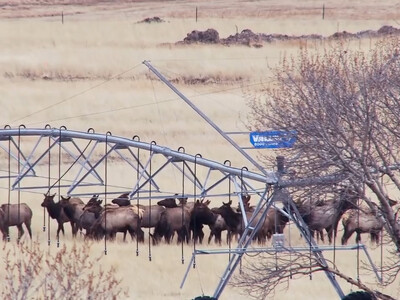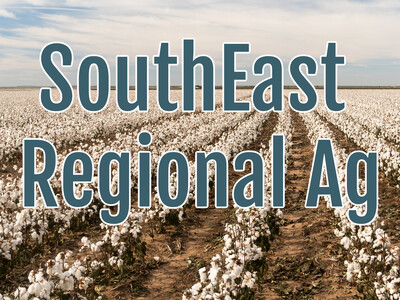Cover Crops Part 2
The use of cover crops has grown in popularity, and some farmers are taking the method a step further.Matt Schuiteman of Ajs Farms started working with cover crops about 12 years ago to capture nutrients and protect soil health. As the farm explored how to expand their cattle herd, Schuiteman realized there was a value in using cover crops for both grazing and harvesting as feed.
"We may sacrifice a little bit of yield on the next corn crop, but with the value we get out of grazing the rye and harvesting the rye, we're still way ahead versus having only one crop," Schuiteman said. "It basically does turn into two different revenue streams off the same acre, and in today's margins that's kind of a big deal."
Schuiteman participated in a research study this year to examine how cropping systems can reduce nitrate in groundwater. The study discovered a two-year alfalfa and two-year corn rotation was a good balance for his land.
Schuiteman doesn't have pasture ground, so the cover crops allow forage for the cattle nearly year-round. That's why he encourages farmers to learn how grazing cover crops works, and to learn about the benefits.
"We've got several cows and cow-calf pairs that are grazing rye, and we've also got about 15 acres of rye that we actually grow and harvest for our own seed," he said. "So we'll take a peek at that, and we'll also probably have some rye laid down that we're going to go ahead and harvest for wintertime feed."
Ajs Farms is also participating in a three-year on-farm research project.
For more information, visit PracticalFarmers.org





